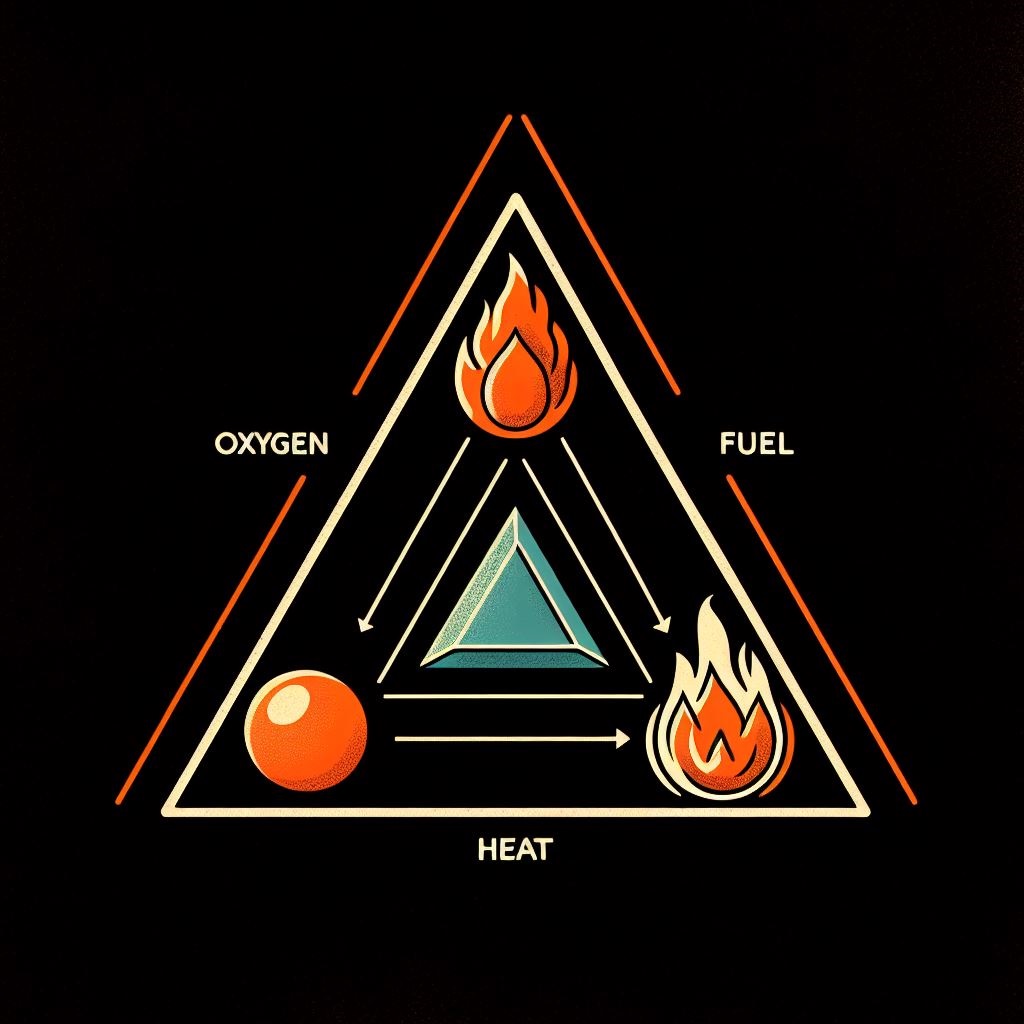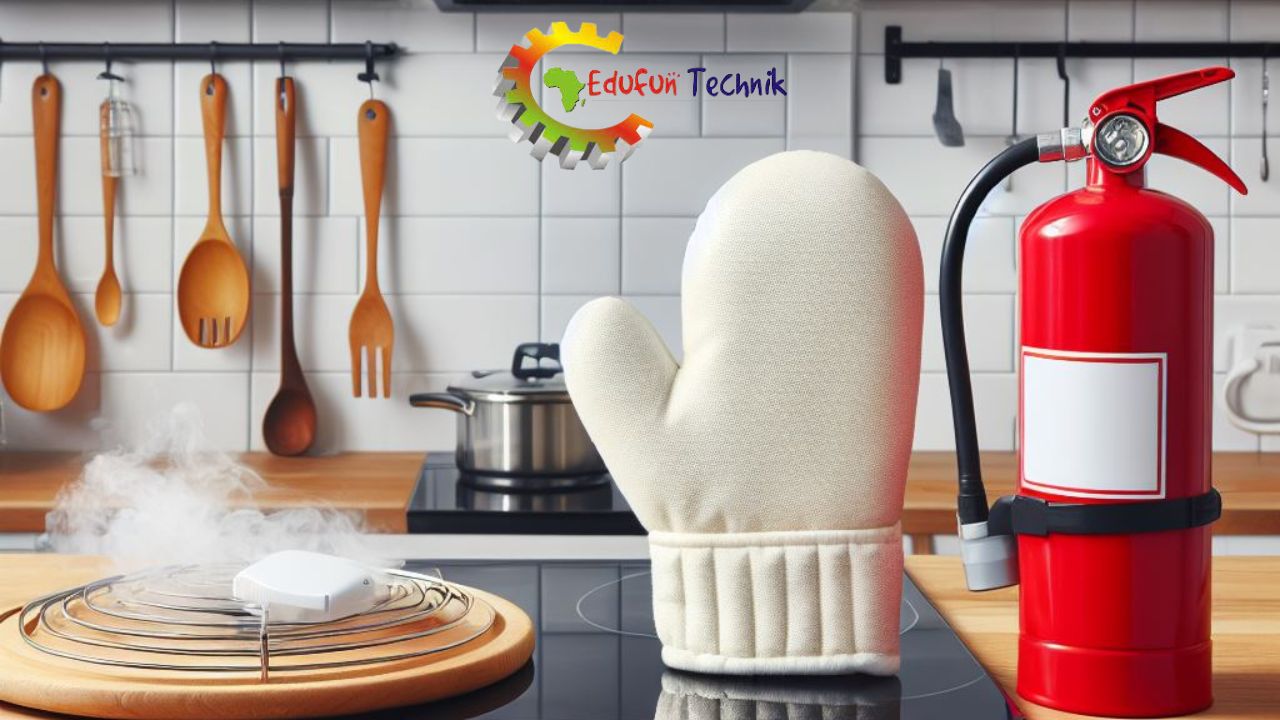In the quest to inspire and empower young minds through STEM education, it’s essential to remember that safety is a fundamental aspect of learning. Fire and kitchen safety might not seem like a typical STEM topic, but it’s an essential part of every child’s education.
In this article, we will explore why teaching kids about fire and kitchen safety is crucial, how to approach this topic in an engaging and informative way, and the role parents play in ensuring their children’s safety in the kitchen.
Why Teach Kids About Fire and Kitchen Safety?
Fire and kitchen safety education is vital for several reasons:
Preventing Accidents: Cooking equipment is the leading cause of home fires and fire-related injuries. Teaching kids about kitchen safety can help prevent accidents and injuries.
Life Skills: Cooking is an essential life skill. By teaching children how to navigate the kitchen safely, we empower them to become self-sufficient and responsible individuals.
STEM Connection: Fire and kitchen safety can be an excellent entry point for discussing science, technology, engineering, and math concepts. Understanding the science of fire and the technology behind kitchen appliances can pique a child’s interest in STEM fields.
The Role of Parents in Kitchen Safety Education
Parents are essential partners in teaching kids about fire and kitchen safety. Here are some tips for parents to ensure their children’s safety in the kitchen:

1.The Science Behind Fire:
Fire Triangle: Introduce the concept of the fire triangle, which consists of three elements: fuel, heat, and oxygen. Explain that removing any of these elements can extinguish a fire. For example, in a controlled environment, show how covering a flame with a glass jar will eventually run out of oxygen and go out.
Combustion: Parents can start off by explaining that fire is a result of a chemical reaction called combustion. Combustion occurs when a fuel source, such as wood or paper, combines with oxygen and is ignited by heat, often from a match or lighter. This chemical reaction produces heat, light, and gasses, which we see as flames.
2. Kitchen Safety Rules:
Engineering and Design: Discuss how kitchen appliances and utensils are designed with safety in mind. Explain that engineers and designers consider factors such as heat resistance, ergonomic handles, and safety features like automatic shutoff switches in appliances.
Proper Handling: Emphasize the importance of proper handling of kitchen tools and equipment. This includes using kitchen napkins when handling hot pans, keeping knives out of reach to prevent accidents, and using cutting boards to protect surfaces.
Never Leaving the Stove Unattended: Teach children the importance of never leaving the stove unattended while cooking. Stress that this simple rule can prevent kitchen fires and accidents.
3. Robotics for Safety:
Introduction to Robotics: Briefly explain what robotics is and how it involves the design, creation, and use of robots. Mention that robots can be designed to perform various tasks, including safety-related ones.
Sensor Technology: Introduce sensor technology and how it’s used in modern kitchens. Discuss how sensors can detect gas leaks, smoke, or temperature changes and trigger safety measures, like turning off appliances or activating alarms.
4. App Development for Safety:
Coding and App Development: Explain that coding is the process of creating computer programs and apps. Mention that learning to code can be a valuable skill.
Safety App Development: Encourage older children to create a simple safety app that provides information on fire prevention and what to do in case of a kitchen fire. This hands-on project can introduce them to the world of coding and application development.
5. Experiment with Fire Extinguishers:
Types of Fire Extinguishers: Explain the different types of fire extinguishers, such as Class A (for ordinary combustibles), Class B (for flammable liquids), and Class C (for electrical fires). Describe when to use each type.
Demonstrate Proper Use: Safely simulate a controlled fire scenario (using appropriate safety precautions) and demonstrate the proper use of a fire extinguisher. Highlight the importance of aiming the extinguisher at the base of the fire and using short bursts to put out the flames.
6. Encourage Problem-Solving:
Critical Thinking: Emphasize the importance of critical thinking and problem-solving skills in everyday life. Discuss how STEM education fosters these skills by encouraging individuals to analyze situations and come up with effective solutions.
Real-Life Scenarios: Pose real-life scenarios to children, challenging them to think creatively about fire and kitchen safety. For instance, ask them how they would react in a fire emergency or what improvements they can envision to make kitchens even safer.
7. Celebrate Diversity in STEM:
Highlight Female Role Models: Share stories of accomplished women in STEM fields who have made significant contributions to fire safety and kitchen technology. Mention Female Firefighters (Molly Williams), Engineers (Funke Opeke), Inventors (Madam C. J. Walker), and Scientists (Francisca Okeke), who have played pivotal roles.
Inspiration: Explain that celebrating diversity in STEM not only promotes gender equality but also serves as an inspiration for young girls. It shows them that they, too, can pursue rewarding careers in STEM and make a positive impact in the world.
By teaching kids about fire and kitchen safety with a STEM-oriented approach, you’re not only equipping them with life-saving skills but also nurturing their curiosity and passion for science, technology, engineering, and mathematics. Encourage them to explore and be unafraid to ask questions. Who knows, the next great innovator in fire safety could be one of the young minds you’re inspiring today.







